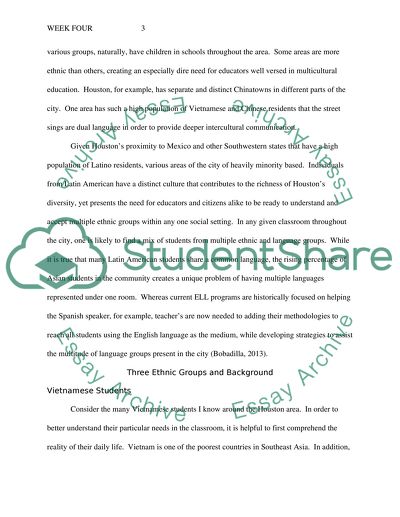Cite this document
(“Houston, Texas. Three Ethnic Groups and Background Assignment”, n.d.)
Houston, Texas. Three Ethnic Groups and Background Assignment. Retrieved from https://studentshare.org/education/1485338-week
Houston, Texas. Three Ethnic Groups and Background Assignment. Retrieved from https://studentshare.org/education/1485338-week
(Houston, Texas. Three Ethnic Groups and Background Assignment)
Houston, Texas. Three Ethnic Groups and Background Assignment. https://studentshare.org/education/1485338-week.
Houston, Texas. Three Ethnic Groups and Background Assignment. https://studentshare.org/education/1485338-week.
“Houston, Texas. Three Ethnic Groups and Background Assignment”, n.d. https://studentshare.org/education/1485338-week.


